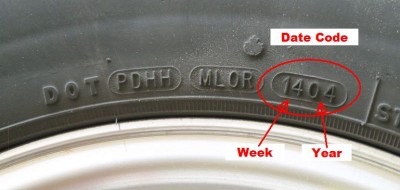 Knowing how your RV’s sanitation system operates, and keeping it clean, are critical to keeping you on the road.
Knowing how your RV’s sanitation system operates, and keeping it clean, are critical to keeping you on the road.
by Tim Conway
If you want to stay on the road, your rig’s sanitation system must be up to snuff. You don’t want your trip cut short because a holding tank became clogged or frozen. While your RV’s waste system might not be the most pleasant topic, it’s certainly necessary to understand how it works and how to maintain it. The simplicity of RV waste systems usually means not many problems arise, as long as you practice a little preventive maintenance. As with any major system within the RV, a certain amount of attention from time to time can help minimize any unpleasantness or downtime that takes away from the enjoyment of your RV.
An Ounce or Two of Prevention
Preventive maintenance can be as simple as using a waste digester, so it’s vital that RVers be familiar with the proper use of chemicals to control odors, prevent clogs and promote fast draining. Not too long ago, it was common practice to simply mask the odors in holding tanks and combat the consolidation of the solid waste by using strong chemicals, and formaldehyde-based chemicals seemed to work the best. Today, formaldehyde- and alcohol-based chemicals are no longer your only option. Enzyme-based formulas break up waste naturally without harsh chemicals while also controlling odors. If you have been using a formaldehyde-based chemical and want to switch to an enzyme- or bacterial-based formula, be sure to thoroughly flush the holding tanks before making the switch. Regardless of which kind of chemical you choose, always read and follow the manufacturer’s instructions when adding it to your holding tanks. Using an RV or marine-specific toilet tissue that is designed to break down quickly in the holding tank is also an easy exercise in preventive maintenance. These specially-spun tissues are much less likely to cause clogging than most standard residential toilet tissues. Tank odors are not exclusive to the black water holding tank. Oils, soaps and other residue co-mingling and fermenting in the grey water tank can produce their own smells. This is especially true when you leave the grey water termination valve open while connected in the campsite. Grey water matter will adhere to the walls of the tank and quickly dry out, leaving you at the mercy of nature’s own method for biodegradation, which is smelly at best. Many black water tank chemicals can also be used in your grey water tank. Consult the label for proper grey water tank dosing—it usually doesn’t take as much chemical for grey water tanks as for black water tanks.
Pipe and Fixture Protection
Avoid using extremely caustic drain cleaners. Because of the proliferation of plastic drainpipes in the housing industry, most household-type drain cleaners used today are acceptable in RVs as well. When cleaning sinks, tub, shower and toilet, use a non-abrasive cleaner that won’t react with your sanitation chemicals or damage plastic surfaces.

